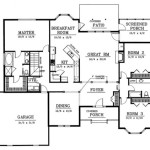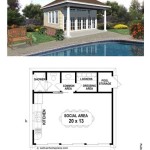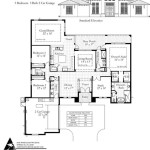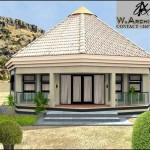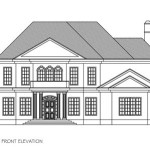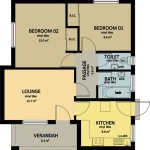Essential Aspects of Self-Sufficient House Plans
In an era of growing environmental awareness and energy concerns, self-sufficient house plans are gaining immense popularity. These plans aim to create homes that minimize dependency on external sources for energy, water, and food, empowering homeowners to live a sustainable and resilient lifestyle.
To design an effective self-sufficient house, consider the following essential aspects:
Energy Efficiency
Embracing energy-efficient construction techniques is paramount for reducing energy consumption. These include proper insulation, high-performance windows, and energy-efficient appliances. Additionally, incorporating passive solar design principles can maximize natural heating and cooling, further minimizing energy needs.
Renewable Energy Systems
To achieve energy independence, consider incorporating renewable energy systems into your house plan. Solar photovoltaic (PV) panels can generate electricity from the sun, while wind turbines can harness wind energy. These systems can substantially reduce or even eliminate reliance on the grid.
Water Conservation and Harvesting
Conserving and harvesting water is crucial for self-sufficiency. Implement low-flow fixtures and appliances to minimize water usage. Additionally, consider installing rainwater harvesting systems to collect and store rainwater for non-potable uses such as irrigation and washing.
Food Production
Growing your own food can significantly reduce grocery expenses and increase food security. Integrate edible landscaping into your design, transforming lawns into vegetable gardens or utilizing vertical gardening techniques. Consider raised beds, fruit trees, and herbs to maximize food production in limited spaces.
Waste Management
Minimizing waste is essential for environmental sustainability. Incorporate composting systems to convert organic waste into nutrient-rich soil for your garden. Additionally, consider implementing a greywater system to reuse water from sinks and showers for irrigation.
Resilience and Redundancy
To ensure resilience against unforeseen events, incorporate redundancy into your self-sufficient house plan. Install backup generators for power outages and have multiple water sources, such as a well or rainwater storage. Additionally, consider alternative cooking methods, such as a wood-burning stove, in case of gas disruptions.
By carefully considering these essential aspects, you can create a self-sufficient house plan that empowers you to live a sustainable, resilient, and off-grid lifestyle. Embracing self-sufficiency not only reduces your environmental impact but also enhances your quality of life and provides peace of mind.

How To Build A Totally Self Sustaining Home

A Self Sufficient House Cozy Comfy Mini Farm Layout Acre Homestead

Smart House By Baufritz First Certified Self Sufficient Home In Germany

Eco Architecture Self Sufficient Harvest Green Project 02 For Future Urbanities Ecofriend Duurzame Architectuur Duurzaam Ontwerp Huisdesign

Self Sufficient Smart Homes Promised By 2010 Environment The Guardian

Power Interchange And Energy Self Sufficient Houses Co Creating A Brighter Future With Stakeholders For Sustainable Daiwa House Group

Self Sustained Smart Structure Yanko Design Green Building Architecture Sustainable

Passive Solar House Plans For Our Off Grid Homestead Byexample Com

Practice

Self Sustainable Skit Micro House By Dachi Papuashvili Homecrux

